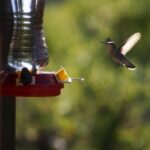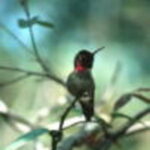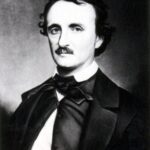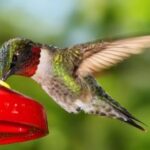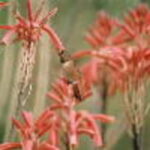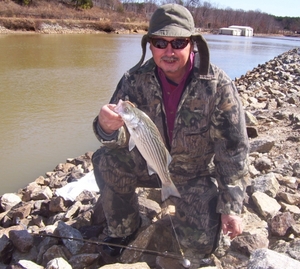Hummingbirds are beautiful and fascinating creatures. Thus, you may want to think about factoring the diminutive birds into your Pre-K lesson plan this year. In my opinion, they would make a superlative addition to a letter “H”, bird or seasonal themed unit. Here’s how to do it:
Introduction
Begin the lesson plan by placing a handful of live, nectar producing flowers in your classroom. Flowers to consider using are impatients, snapdragons and bee balm. Then play audio files of hummingbird sounds for the children to listen to. If you don’t have hummingbird songs in your collection, there are several places where you may obtain them. Among those places are the Cornell Lab of Ornithology, World of Hummingbirds, Bird Jam, Jungle Walk and Sound Board websites.
While the bird sounds are playing in the background, read Cathryn Sill’s book “About Hummingbirds: A Guide for Children” aloud. Because of its content and illustrations, it would make a superior transition into a science segment. When you are finished reading, give the children a hummingbird coloring page. Then let them color it before proceeding with the lesson plan.
Continue the lesson by discussing the hummingbird’s physical attributes, behaviors, life cycle, migration patterns and diet. One way to do that is to use a series of sinkers, jelly beans or coins to demonstrate the size and weight of the birds. For instance, you could compare the size of a jelly bean to the bird’s eggs or their body weight to that of the sinkers and coins.
Next, let each child listen to their own heart with a stethoscope. The stethoscopes are available for purchase through drug stores and medical related retailers for around $40. Once they’ve finished working with the stethoscope, explain that a hummingbird’s heart beats much faster than a human’s heart. Let them guess how fast the bird’s heartbeat might be. Afterward, reveal what the bird’s actual heart rate is and talk about why it needs to be so fast. Doing so will give you an opportunity to segue into a discussion about the hummingbird’s diet.
Art
When you are finished with the science lecture, help the children make hummingbird feeders and nectar. There are instructions for making those items posted on the Education and Wild Bird Shop website. Later, hang the feeders in the playground area or let the children take them home. If you do decide to let them take the feeders home, make sure that you include a note for the parents. That way, the parents will know how to hang and maintain the feeders.
Language Arts and Geography
Afterward, read Michael Rose Ramirez’s book “The Legend of the Hummingbird: A Tale from Puerto Rico” aloud. Once the story is over, familiarize the children with the unit’s vocabulary words. Be sure to use both English and Spanish word cards. Doing so will add a bit of cultural diversity and geography to your lesson plan.
Source: Personal Experience
More from this contributor:
Top 5 Birds to Look for When Visiting the Okefenokee Wildlife Refuge
Best 5 Trees and Shrubs for Attracting Birds to South Georgia Lawns
Bird Themed Games for Children’s Birthday Parties
Bird Watching Tips for Beginners
